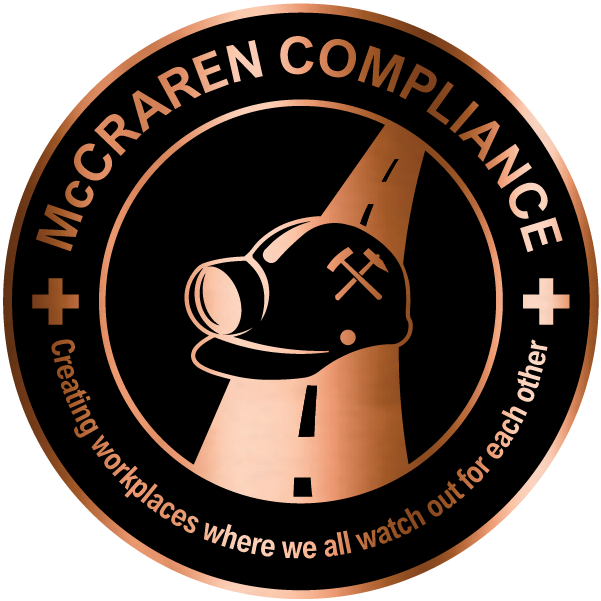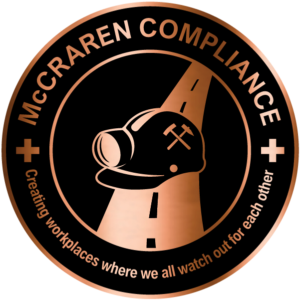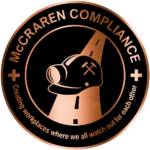
Photo: Nitat Termmee/gettyimages
March is Workplace Eye Wellness Month. When was the last time you had a comprehensive eye exam?
Regular comprehensive eye exams are one of the best ways to keep tabs on your eye health. During the exam, your optometrist will look at each eye’s retina, the back of the eyes, the optic nerves and blood vessels to check for problems.
What are some of those problems? According to the National Eye Institute, they include dry eye, cataracts, age-related macular degeneration and glaucoma. More rare, but still possible, is ocular melanoma – an aggressive cancer of the eye.
The American Optometric Association recommends comprehensive exams at least every two years for adults who are younger than 65 and don’t have any eye problem risk factors or symptoms. Some risk factors:
- Performing jobs that “are highly demanding visually or have a high potential of being hazardous to the eyes”
- A family or personal history of eye disease
- An eye injury
- A previous eye surgery
Otherwise, annual comprehensive exams are recommended.
The American Academy of Ophthalmology, meanwhile, says you should get at least one comprehensive exam when you’re in your 20s and at least two when you’re in your 30s. (Your eye doctor can tell you if more are recommended.)
McCraren Compliance offers many opportunities in safety training to help circumvent accidents. Please take a moment to visit our calendar of classes to see what we can do to help your safety measures from training to consulting.
Original article published by Safety+Health an NSC publication


